<< Back to Articles Index page
Six Views of Chudleigh
by Hendrik Frans de Cort (1742–1810)
Hendrik Frans de Cort [Wikipedia], landscape painter, was born at Antwerp in 1742, and first studied painting under W Herreyns. On 16 May 1769 he entered the studio of the landscape-painter Hendrik Joseph Antonissen, and on 16 May 1770 he was admitted a master in the guild of St. Luke at Antwerp. His chief paintings were views of towns and landscapes with architectural surroundings ; in some of these ho was assisted by his fellow-pupils, Balthasar Paul Ommeganck and Petrus Johannes van Regemorter who painted the figures and animals.
Leaving Antwerp he proceeded to Paris, and entered the academy there, of which he was elected a fellow in 1781. Here he painted some views of Chantilly, and was appointed painter to the Prince de Conde. In 1788 he returned to Antwerp, and took an active part in reorganising the school of painting there, acting as secretary to the newly constituted academy. He contributed six pictures to the first exhibition of the new academy held in 1789.
Shortly afterward he came to England, bringing some of his pictures, and in 1790 exhibited seven pictures at the Royal Academy. He continued to contribute to the same exhibition numerous landscapes taken in various parts of England, especially the west, during the ensuing twelve years. In 1806 he contributed three landscapes to the first exhibition of the British Institution.
He died in London on 28 June 1810, and was buried in the Old St. Pancras Cemetery. He does not seem to have taken a very high rank as an artist but his landscapes were much valued in private collections, being agreeably coloured and treated in the Italian manner, which was in vogue at that time. His sepia drawings were also much admired.
On October 9th, 1878 the
Local people have mused over these views for many years and no definitive answer exists as to which buildings they depict (with perhaps the exception of Coburg Corner and Parkway Mill) so when Robert Crook's item also commented that two views were of the 'Stair House' and 'the row of houses called the Barracks leading down Pottery Lane' this should be viewed with caution. Mary Jones writing in 1852 was vague, merely referring to 'the house of the Cholwich family that once stood in the centre of the town' and 'near the church a large house with handsome oriel windows'. It seems in fact that there are only five views altogether as two of them appear to be mirror-images of the same building, but with small differences. If the views purport to be different buildings then perhaps we should not place too much historical reliance on any of the views which in all probability are highly stylised representations of the buildings they were supposed to depict.
Considering the fragmentary evidence local historians are reasonably content that the views depict either Town Mills or Parkway Mill; The Barracks otherwise the almshouse (Pottery Lane) and/or The Stair House (destroyed in the 1807 fire and not rebuilt); the House of Cholwich; the Clifford Arms and the blacksmiths forge at Coburg Corner.
The six originals are held at Ugbrooke and perhaps Hendrik de Cort spent some time undertaking the drawings at that time. Charles, 6th Lord Clifford was a capable artist and de Cort may have been on a 'working holiday', perhaps even teaching the Clifford children the art of drawing. Both Francis Nicholson and Francis Towne were employed in that capacity and it is possible that de Cort was too.
The Six Illustrations
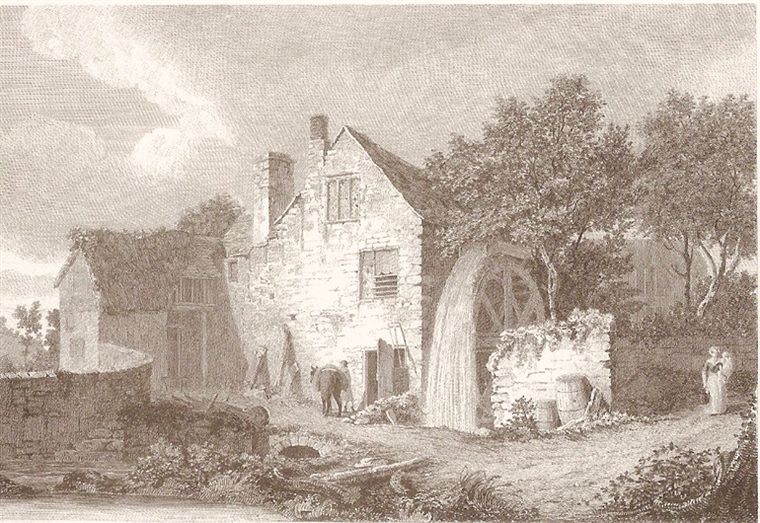
Town Mills or Parkway Mill
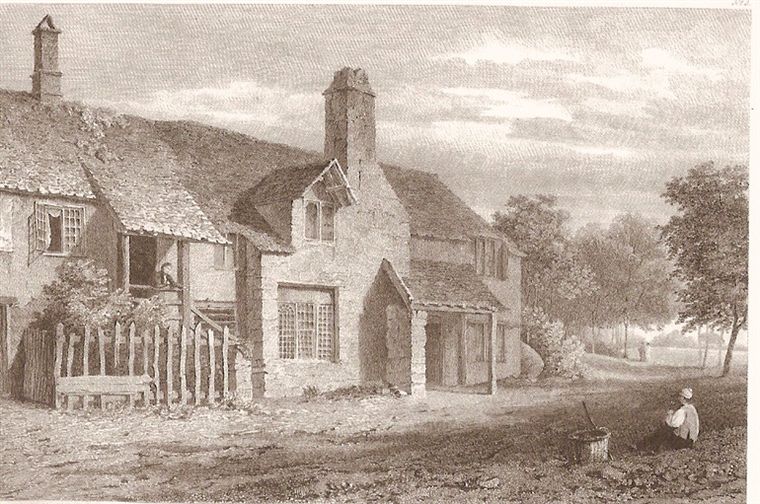
The Barracks otherwise Almshouse, Pottery Lane or The Stair House near The
Square
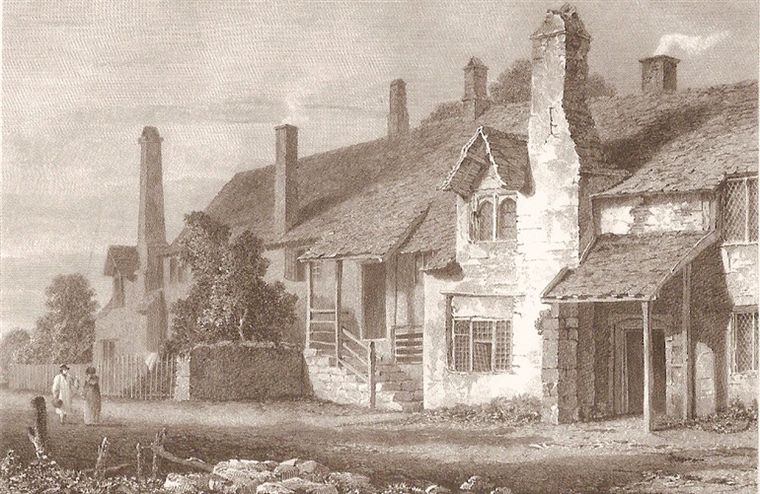
The Barracks otherwise Almshouse, Pottery Lane or The Stair House near The
Square
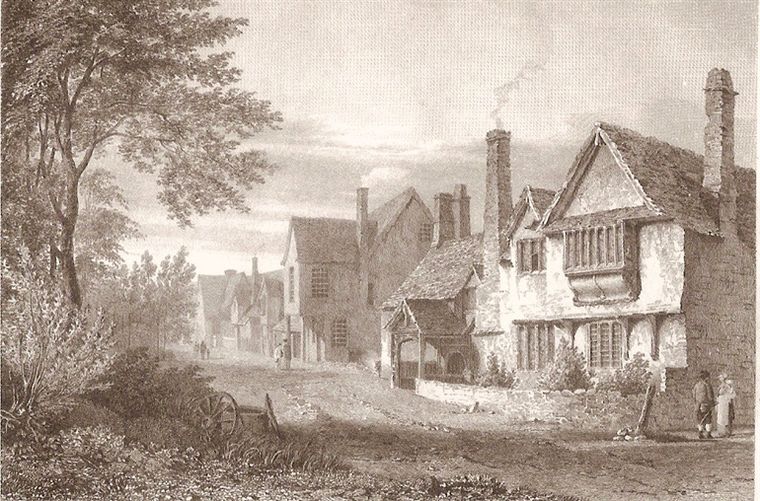
The House of Cholwich, somewhere close to the present Town Hall. If correct,
at the time of de Cort, this was the Red Lion inn.

The Clifford Arms in Fore Street
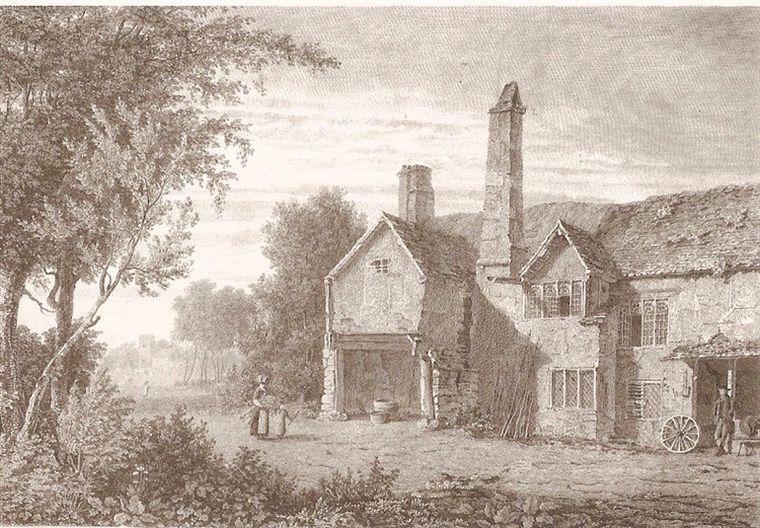
The blacksmiths forge, Coburg Corner